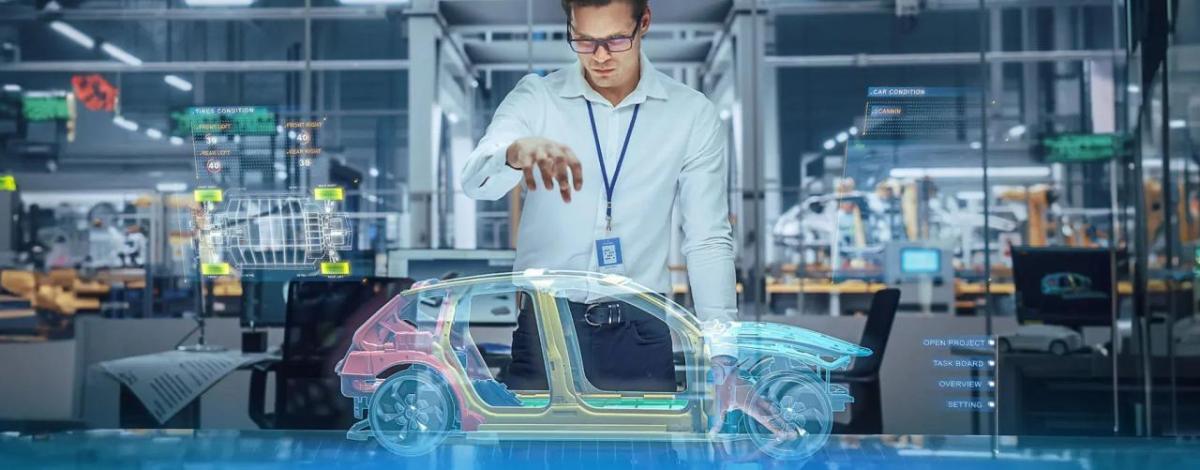
Molex Engineers Predict The Future Using Digital Twins
Engineers at Molex, a Koch company, are taking the idea of digital twins - fully functional virtual replicas of physical products - to the next level.
The engineers have created models that can accurately predict and virtually validate how parts will work down to the component level - enabling customers to have a much better understanding of how their connectors will function throughout their lifespan before even being put into production. This helps lower costs, reduce recall risk and cut down on the amount of time used on physical testing and revisions.
The implementation and innovation around digital twins at Molex have also led the automotive division to transform the way it operates so it can better utilize the technology's capabilities and meet the fast-changing needs of leading-edge car manufacturers.
In the past, the engineers who would simulate what would happen with a given design and the engineers testing the designs operated in mostly separate worlds, with one group working away on equations and the other developing and testing physical products. The team at Molex recognized there was an opportunity to combine their efforts using digital twins, forming one predictive engineering team.
“We took the power of simulation and the power of experimentation and combined them,” says Vijy Koshy, a Molex senior director of engineering.“It's a small group of people we deployed and told your job is to predict the future through physics.”
So far, the team has been able to create a high-fidelity digital twin that can accurately predict and validate a connector's current rating with 95% accuracy. The model helps eliminate the need for months of physical testing.
And when they do perform physical tests, they're testing to validate the data predicted by the digital twin, not to see if it meets some specification. With the knowledge the digital twins provide about current rating and other mechanical functions, they'll create connectors that meet or exceed any other required specifications and work with their customers to come up with solutions to solve the specific challenges they're facing.
The lessons learned from these early electrical models will also soon be applied to other areas of the connector, such as its mechanical, sealing and thermal functioning. In addition to using these advanced digital twins to develop predictive models for its connectors, Molex is also using them to model and optimize production lines and develop 5G antenna systems for modern cars and trucks.
The knowledge gained is shared with engineers across Molex to improve connector design and reliability wherever they are in the world. Mutual benefit at its best.

Legal Disclaimer:
MENAFN provides the
information “as is” without warranty of any kind. We do not accept
any responsibility or liability for the accuracy, content, images,
videos, licenses, completeness, legality, or reliability of the information
contained in this article. If you have any complaints or copyright
issues related to this article, kindly contact the provider above.















Comments
No comment